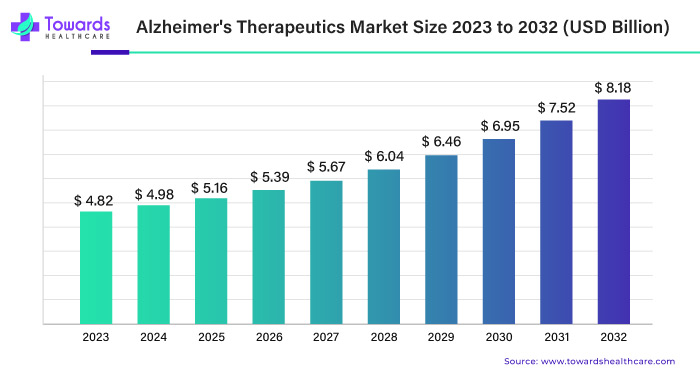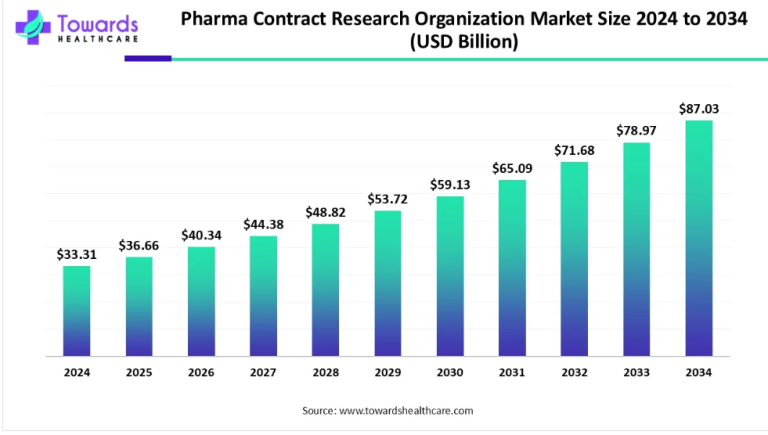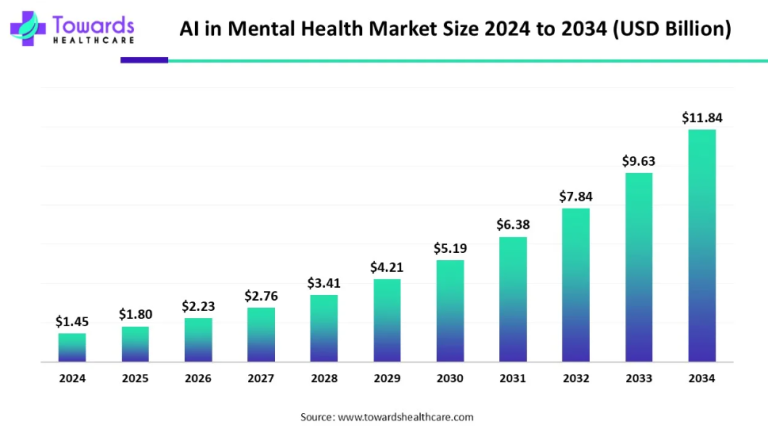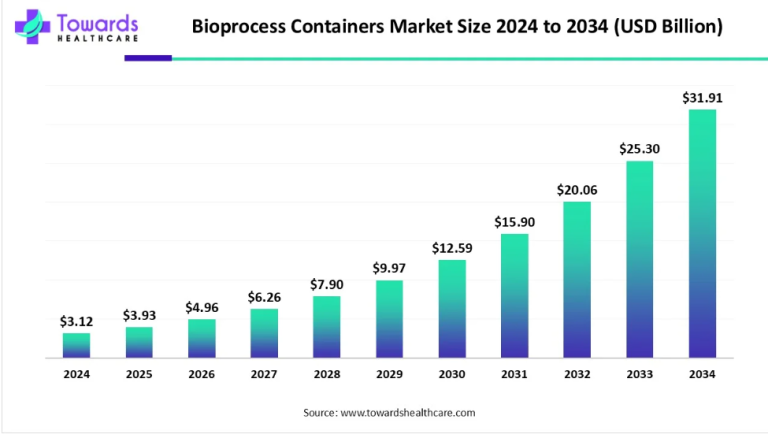
Alzheimer’s disease, a progressive neurological disorder, poses a significant challenge to global healthcare systems. With an aging population and increasing prevalence rates, the demand for effective therapeutics has never been more pressing. In this article, we delve into the dynamics of the global Alzheimer’s therapeutics market, exploring its current landscape, growth drivers, key players, and future projections.
Alzheimer’s disease is a neurodegenerative condition characterized by cognitive decline, memory loss, and behavioral changes. As the leading cause of dementia worldwide, it exerts a substantial socioeconomic burden on individuals, families, and healthcare systems. Consequently, the pursuit of innovative therapeutics remains a critical endeavor in the field of medical research.
Current Scenario of Alzheimer’s Therapeutics Market
According to recent estimates, the global Alzheimer’s therapeutics market was valued at USD 4.82 billion in 2023. However, projections indicate a robust growth trajectory, with anticipated revenues exceeding USD 8.18 billion by 2032. This represents a compound annual growth rate (CAGR) of 8.7% during the forecast period, underscoring the market’s expansion potential.
For any queries feel free to reach us @ https://www.towardshealthcare.com/personalized-scope/5130
Factors Driving Market Growth
Several factors contribute to the escalating demand for Alzheimer’s therapeutics. Firstly, demographic shifts, particularly the aging population, fuel the prevalence of Alzheimer’s disease. Moreover, advancements in medical research and technology have facilitated a deeper understanding of disease mechanisms, leading to the development of novel treatment modalities. Additionally, heightened awareness and improved diagnostic capabilities have resulted in earlier disease detection and intervention.
Leading Therapeutic Approaches
Alzheimer’s therapeutics encompass a diverse range of pharmacological and non-pharmacological interventions. Pharmacological treatments aim to mitigate symptoms and modify disease progression through mechanisms such as acetylcholinesterase inhibition and NMDA receptor antagonism. Conversely, non-pharmacological strategies focus on enhancing patient quality of life through cognitive stimulation, physical exercise, and caregiver support. Furthermore, emerging therapies, including immunotherapies and gene-based approaches, hold promise for future breakthroughs in disease management.
Regional Analysis
Geographically, the Alzheimer’s therapeutics market exhibits variability in growth patterns across different regions. While developed economies boast robust research infrastructure and healthcare systems, emerging markets present untapped opportunities for market expansion. Factors such as government healthcare initiatives, regulatory frameworks, and reimbursement policies influence regional market dynamics.
Challenges and Opportunities
Despite significant progress, the Alzheimer’s therapeutics market faces several challenges. Regulatory hurdles, clinical trial complexities, and high failure rates pose obstacles to drug development and commercialization. Moreover, addressing unmet medical needs, particularly in disease-modifying therapies, remains a persistent challenge. Nonetheless, these challenges coincide with opportunities for innovation, collaboration, and investment in the pursuit of effective treatments.
Key Players and Market Competition
The Alzheimer’s therapeutics market is characterized by intense competition among pharmaceutical companies, biotech firms, and academic institutions. Leading players employ diverse strategies, including research partnerships, mergers and acquisitions, and portfolio diversification, to maintain market competitiveness. Furthermore, strategic alliances and licensing agreements facilitate the exchange of intellectual property and resource sharing.
Future Trends and Predictions
Looking ahead, the Alzheimer’s therapeutics market is poised for continued growth and evolution. Emerging trends such as precision medicine, biomarker identification, and personalized interventions hold the potential to revolutionize disease management. Additionally, advancements in digital health technologies, such as telemedicine and remote monitoring, offer opportunities for patient-centric care delivery and clinical trial optimization.
The global Alzheimer’s therapeutics market presents a compelling landscape of opportunities and challenges. With escalating demand driven by demographic shifts and scientific advancements, stakeholders must navigate a complex ecosystem characterized by innovation and competition. By prioritizing patient needs, fostering collaboration, and embracing disruptive technologies, the industry can forge a path toward transformative solutions in Alzheimer’s disease management.
Alzheimer’s Therapeutics Market Segments
By Product Type
- Cholinesterase Inhibitors
- Donepezil
- Galantamine
- Rivastigmine
- NMDA Receptor Antagonist
- Combination Drugs
- Pipeline Drugs
By End User
- Hospital Pharmacy
- Retail Pharmacy
- E-commerce
By Geography
- North America
- Europe
- Asia Pacific
- Middle East and Africa
- South America
Unlock Infinite Advantages: Subscribe to Annual Membership
To own our full research study instantly, Click here@ https://www.towardshealthcare.com/price/5130
To read more about Alzheimer’s Therapeutics Market:



